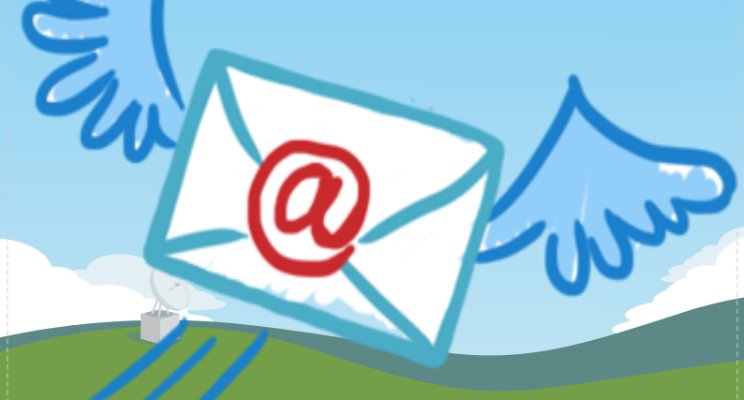By Dorothy Pasipanodya
“I remember how excited I was when I received my first e-mail from a client. I remember feeling the moment, flexing my fingers in anticipation of responding and wondering whether or not the client would ask me a question that might require some research. Oh, the anticipation and excitement of service and learning!
The e-mail, I soon found out was an automated “Out-of-Office” message but that did not take away the magic of the e-mail for me. The e-mail signified another step in my ‘many steps’ journey. I was part of the professional working force. I was open for business.” D.S. Pasipanodya
The following are some of the tips I have learned on how to respond to professional e-mails.
1. When responding to e-mails, it is important to :
i) Prioritize the e-mails; responding to the most urgent first,
ii) Read through each e-mail to determine its gist/direction/requirements,
– Do not rush to respond to the e-mail. If necessary, do some research on the questions posed.
NB: It is a valuable ability/trait if you can anticipate any further questions that the other person might ask. If you are not yet at this level though, keep your response brief and make sure you respond to the questions posed at that point.
iii) Gauge the tone of your e-mail. Never be overly familiar with your clients, workmates or superiors. After all, this is work and you must respond appropriately and within boundaries.
iv) Let your e-mail have structure. It must make sense. For example,
REFERENCES:
Dear XXXXX
a) I refer to…or…The subject matter refers…
b) Provide a short answer to the question raised. Make your response clear and concise.
Time is very expensive in a professional environment.
c) Explain the answer,
d) Explain any exceptions to c) above,
e) Your recommendation,
f) Valediction for example, I will report further by XXX or; I look forward to hearing from you, etc
g) Close with appealing and polite words. Sign off (Yours faithfully, yours sincerely, kind regards, etc)
It is apparent from the above that every e-mail is an opinion. Therefore, one needs to write it conscientiously!
Brief Notes:
1. Avoid the kind of “robot” greeting like “Hello”; it reflects a too flimsy character of you in a work environment.
2. You may wish to keep a soft copy or a hard copy of your e-mails and other correspondence. This is wise for record keeping purposes.
3. Take full advantage of e-mail and general electronic features such as:
a) Received and read reports,
b) Red flagging and other colors,
c) Follow-up reminders, etc
4. If it will take you some time to respond to an e-mail, acknowledge receipt of the e-mail and let the other person know that you will get back to them. Don’t rush into writing; take time to think before writing. Always remember that every-email sent out in your name reflects the professional backbone of who you are.
5. It is advisable to keep work e-mails separate from your personal e-mails.





